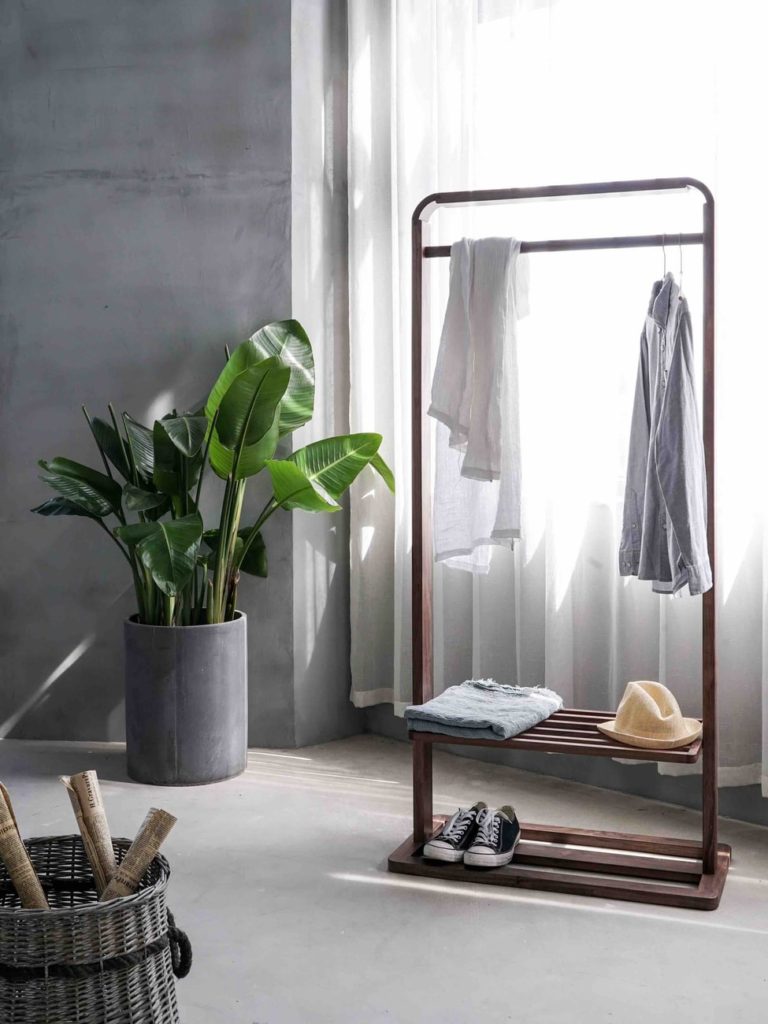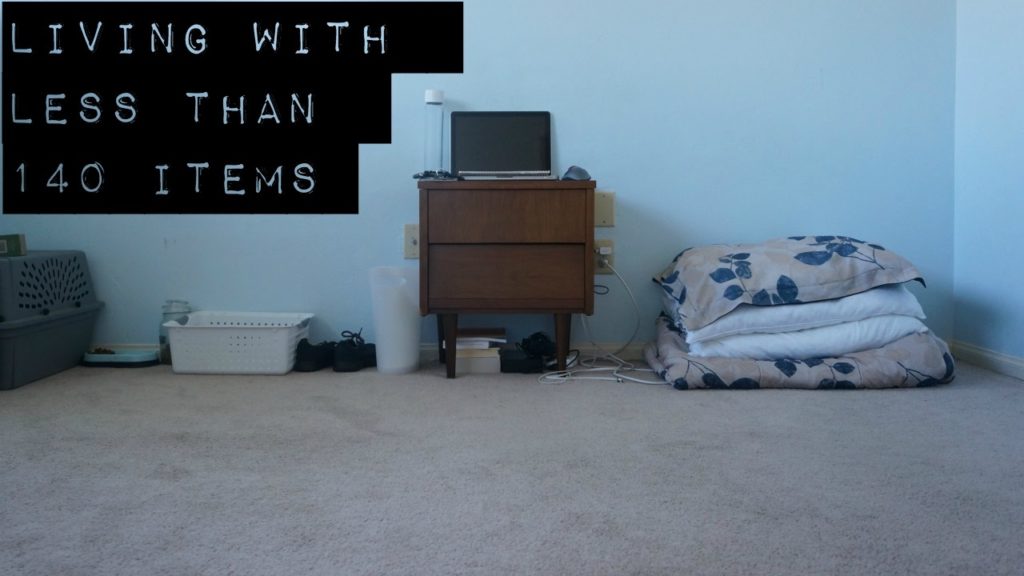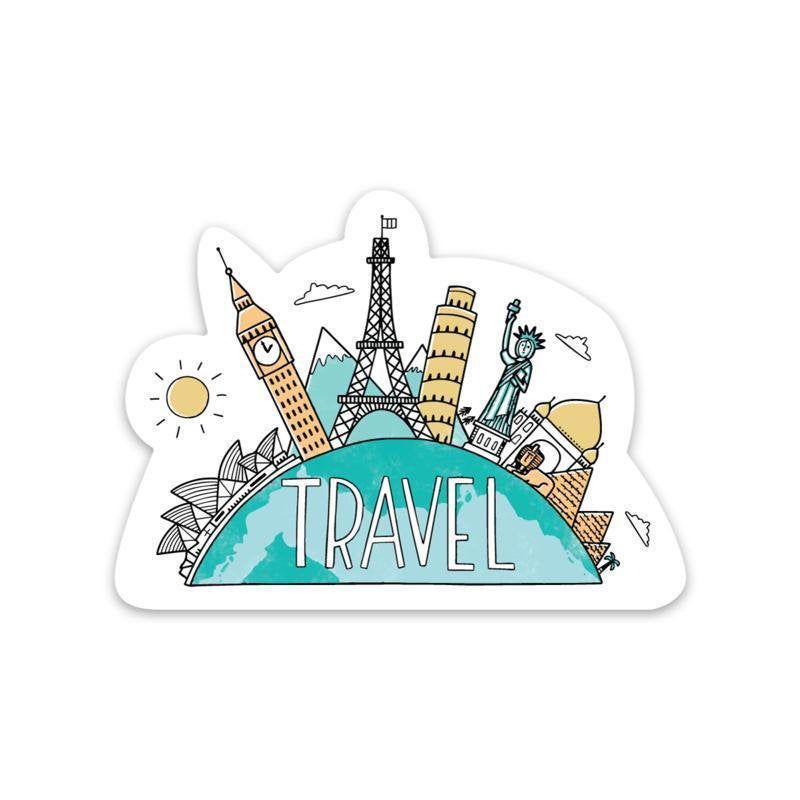
Today, I will explain the lifestyle ‘extreme minimalism’, which can be intertwined with frugal living. Generally, the idea is to live with very few things, you could even say with essential items only.
From what I’ve seen, minimalists tend to generally own less, but have less in mind the money saving aspect. The goal is something personal, like a cleaner home or control over consumption. But then, the lines get blurry.

I will make an example with Youtuber ‘The Bad Minimalist’, which adopted this form of minimalism.
As you can read in his thumbnail, he owns less than 140 items. That really means owning only the minimum, and therefore you almost need and can make a list that you own. I do have such a list, a Google Docs document with all my items and their location. This is fairly easy, since I store my (useful) stuff in cardboard boxes, each of them labeled with a number. Hence, in docs I write e.g in Box 2 are a pair of glasses, glue, lamp etc.
Extreme doesn’t stand there for decoration; you have to reduce your belongings drastically with rules, like the ones mentioned in this article, or the one year rule.
I will write another article about how I became a minimalist, but here are a few tips and the pros and cons
How to get to extreme minimalism
First of all, you need to be sure to go this path. If you are solo it’s really easy, with a like minded partner awesome, but almost impossible if you have a family. So think about this step for a few days.
The first step should have already happened: Decluttered a few times, gone through your stuff and threw away useless items. Actually, you should be a minimalist, not an extreme one, but a ‘normal’ one.
The second step is to narrow down your possessions, which can get very difficult. Again, everyone is different and has a different list, but here are some tips:
- Get rid of books, paper, magazines, newspapers etc.
- Try to get as much mail (eg. bills) electronically
- Narrow down to the most used clothes
- Minimize furniture (actually, your furniture should already look empty)
- No decoration
- Remember, every paperclip, cable, plate or spoon is a single item
Then, begin setting up a list with what you own and start at a higher number, like 500 items, and try to narrow it slowly down. This is a process which takes some time, but the way is the goal, a proverb used often in german.
I found an interesting article in the Los Angeles Times called ‘For many people, gathering possessions is just the stuff of life’, which says:
“Consider these statistics cited by professional organizer Regina Lark: The average U.S. household has 300,000 things, from paper clips to ironing boards.”
This sounded incredible to me, and it shows something important: Extreme minimalism is extremely rare.
The pros and cons
The benefits
They are quite obvious: Extreme control of your objects and almost no clutter whatsoever. You are agile, free and have nothing holding you back. Enjoy a life where you have what you need and nothing more.
The drawbacks
Actually, there are not many, since you chose to live like that and it makes you happy. However, if you live with someone and he was against it and you did it anyways, there may be conflict coming. A dear friend always says: “You can do what you want, as long as no one else gets affected”.
